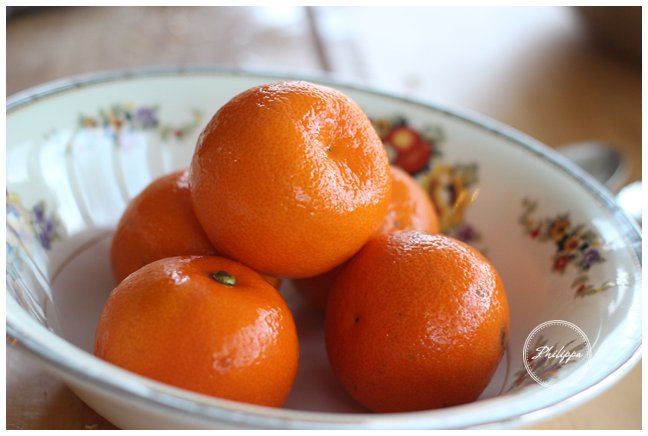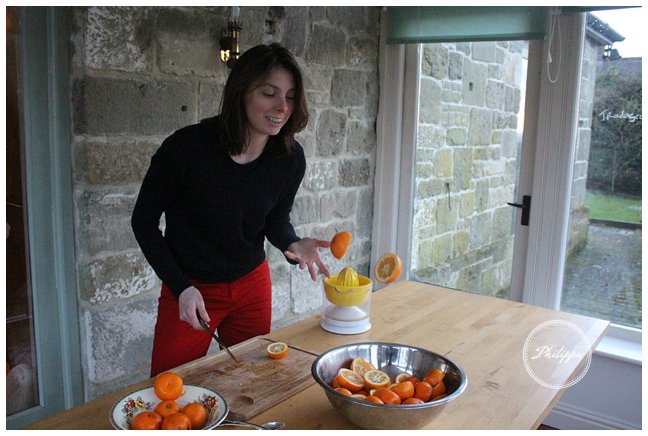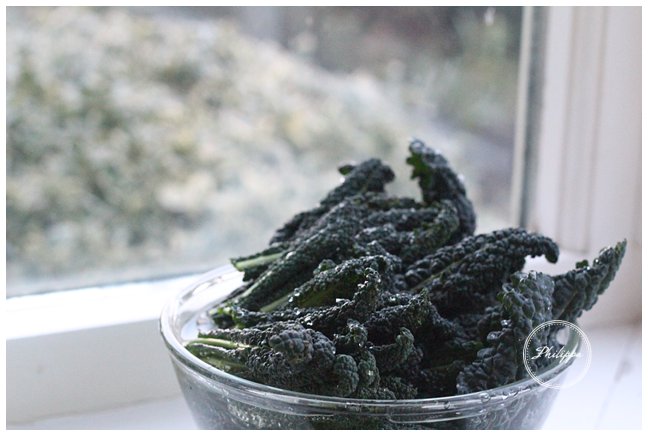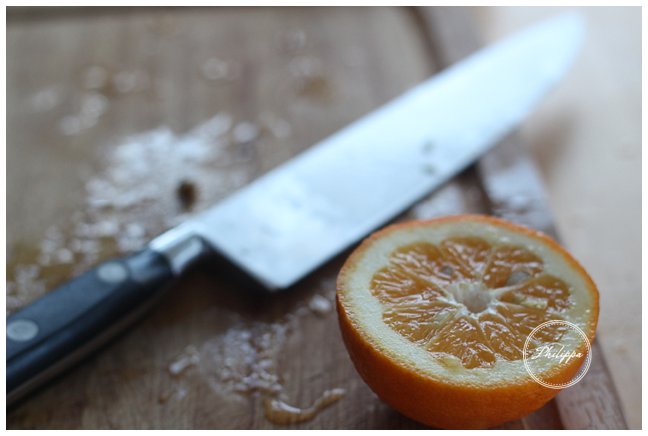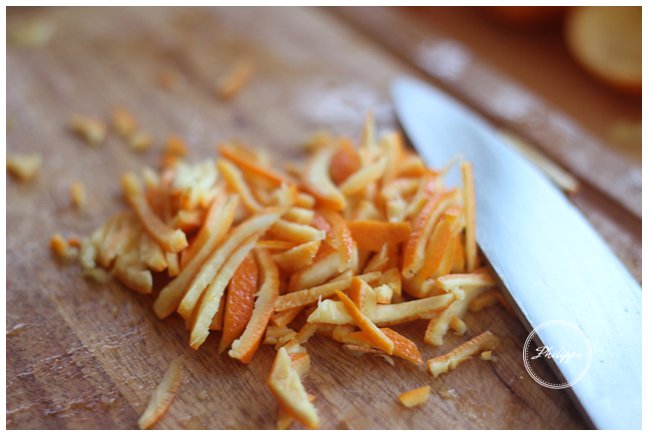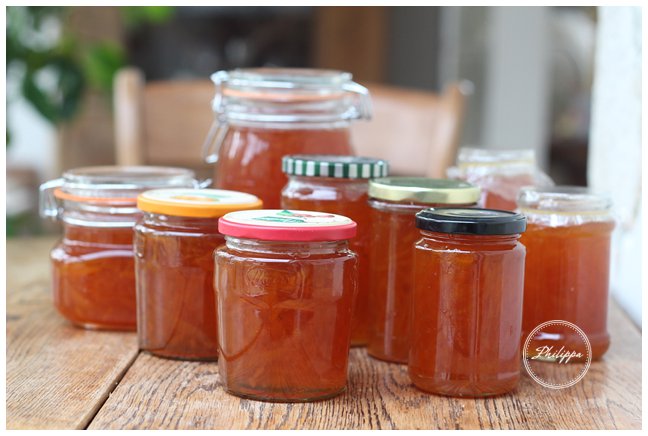A pot worth Orange
Obviously I bought the Seville oranges pretty much as soon as they came into season back in January. I got out and washed my eclectic mix of pots and lids to store the marmalade in once made and then….I kind of ignored them all.
Distracted by trotting up to London and doing some serious catching up on restaurants that had recently opened, the beautiful, tangy, tasty fruit just sat there in a bowl.
As anyone following me on Instagram will be aware of I have been methodically going round London , mainly eating at places that have opened in the last 12 months. Amusingly a follower from the States contacted me after I had failed to post anything new for 3 days to enquire if I was alright, had I “shut my bolt” or had London run out of food ? “All fine this side of the pond ”! I assured them, ”Just had to slink back off to the West country for a few days to deal with the fruit bowl”.
As it was code red in the cupboard (only one pot of 2015 marmalade left)* the oranges in the bowl weren’t going to get any better and I had just heard that we should be eating 10 portions of fruit and veg a day not 5, it was now or never to get making this years marmalade. I haven’t found anyone willing to say that orange marmalade spread onto thick buttery piece of toast counts towards your recommended daily dose of fruit and veg but I also haven’t read convincing arguments to say it doesn’t ( on purpose).
* So much was made in this batch that we skipped doing any in 2016.
According to recent studies at Imperial College London we should be eating around 800g of fruit and veg a day, that’s about 10 portions, if we want them to be beneficial. Beneficial translating as reducing the risk of chronic diseases (like cancer) and premature death. Have to say my non scientific/ life loving mind translates that as essential rather than beneficial but there we go. I was interested to read that it didn’t make a difference if they were eaten cooked or raw as I know many people get overly anxious if they should be steaming and not boiling vegetables or worrying if they should even cook them at all.
The study also mentioned that taking supplements did not have the same results, as you needed the whole package that eating fresh fruit ad vegetables gives. It was noted however that one of the factors that the study did not take into account was if the people eating more fruit and veg and suffering less from chronic diseases also made other lifestyle choices like exercising more which probably also helps to reduce the risk.
In the spirit of better late than never and on the off chance I am not the only one who didn’t made their marmalade in January this postcard’s recipe gives you my favourite way to do it. And if I am the only one who came late to the party, heres how I think you should have done it! This method is simple and well worth the effort of all that chopping and juicing so you can spend the rest of the year enjoying it and if you’re feeling generous even give it away as presents.
They are just about to go out of season though so you best get your skates on! Though have checked in the local grocers, Waitrose and Borough Market and they still had some boxes.
This week
Restaurants eaten at : 12
Marmalade made : 7 lbs
Daily Fruit and veg targets reached : er…..no.
Seville Marmalade
Clearly if I was a more earnest food blogger all my pots would be stylishly the same size but I’m happy to report the house is fairly chaotic and jam jar discipline very slack so the mongrel assortment below is what we had to use.
Makes about 5 kilos or 9 jars
4 litres water
2 kilo Seville oranges
2 lemons juice and pith only
3 kilo preserving sugar
Wash the oranges, slice in half and juice.
Keeping all the pips in a bowl.
Using a spoon scrape the pith from each of the juiced skin halves and add to the pips.
Thinly slice (or thickly if you like thick cut marmalade… but I disagree ) and place in a large heavy based pan.
Add all the orange juice , lemon juice and the 4 litres of water.
Using a muslin tie up all the pips and pith from the oranges and lemon and place in the pot.
Bring to a simmer and cook for about 2 hours or the skin has softened and liquid reduced by half.
Remove the bag , leave to cool then squeeze out as much of the juice from the bag with its pectin as possible and scoop this into the pot, discard the pith / pips ect. .Wash the muslin and dry for its next adventure.
Add the sugar to the pot and slowly heat until all the sugar has melted then bring up to a gentle rolling boil and cook for 15 mins and start checking for setting point.
You know you have reached setting point when a spoonful of the marmalade placed on a cold saucer and left for 4 mins forms a skin and wrinkles when you run your finger through it.
Once setting point has been reached you can pot your marmalade into clean sterilised jars and seal.
Once cool wipe the pots and label. Keep in a cool dark cupboard.
I am not sure how long the shelf life is of marmalade but we have happily kept and eaten ours from over two years ago.

